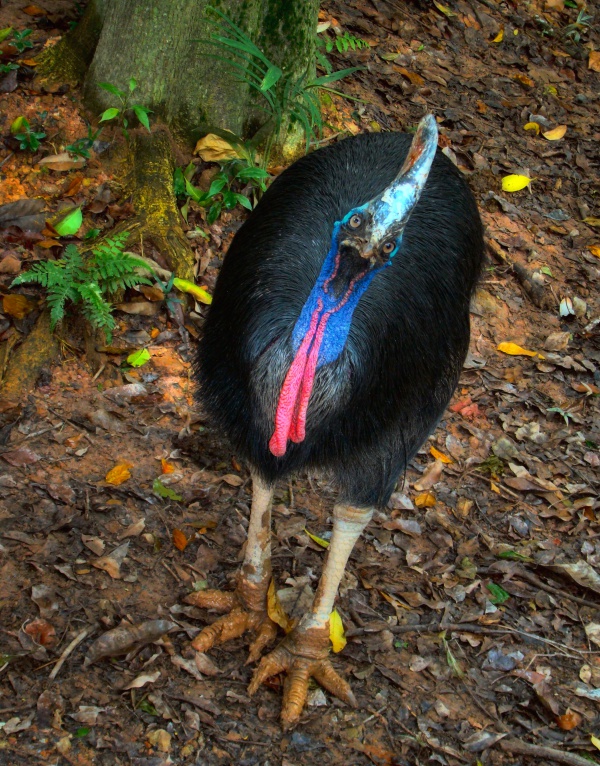Facts About Cassowary
Cassowaries, belonging to the genus *Casuarius*, are remarkable ratites indigenous to regions such as New Guinea, East Nusa Tenggara, the Maluku Islands, and northeastern Australia. Among these, the southern cassowary is the most prevalent, renowned as the third-tallest and second-heaviest living bird. These omnivorous birds primarily consume fruit but also feed on other plant materials, invertebrates, and even small vertebrates. Though generally reticent around humans, cassowaries can become exceedingly dangerous when threatened, capable of inflicting serious injuries.
The taxonomy of cassowaries was first delineated by French scientist Mathurin Jacques Brisson in 1760. They are members of the ratite group, which also includes emus, ostriches, and kiwis. There are three extant species of cassowaries, with the southern cassowary being the most well known. Their evolutionary lineage is intricately linked to the fragmentation of the ancient supercontinent Gondwana approximately 180 million years ago.
Cassowaries are typically reclusive, preferring dense forests, with females being both larger and more vibrant than males. A prominent feature of these birds is the casque on their heads, the size of which varies among species. These birds fulfill an essential ecological role in seed dispersal and germination owing to their fruit-heavy diet.
However, the southern cassowary faces significant threats, particularly in Queensland, due to habitat loss, vehicle collisions, and dog attacks. Human activities, such as feeding cassowaries, pose additional dangers by luring them into suburban areas. The Cassowary Festival, held annually in Mission Beach, seeks to raise awareness and funds for their conservation.
In captivity, cassowaries require specialized care to replicate their natural tropical rainforest habitat. They are solitary and territorial, making cohabitation with other cassowaries challenging. In certain indigenous societies in New Guinea, cassowaries have been domesticated for ceremonial purposes and as a food source.
Despite their typically shy nature, cassowaries have garnered a reputation for being dangerous, with several documented cases of attacks on humans and domestic animals. While fatal attacks are rare, encounters can still result in severe injuries. These incidents underscore the importance of exercising caution when in proximity to these formidable birds.
